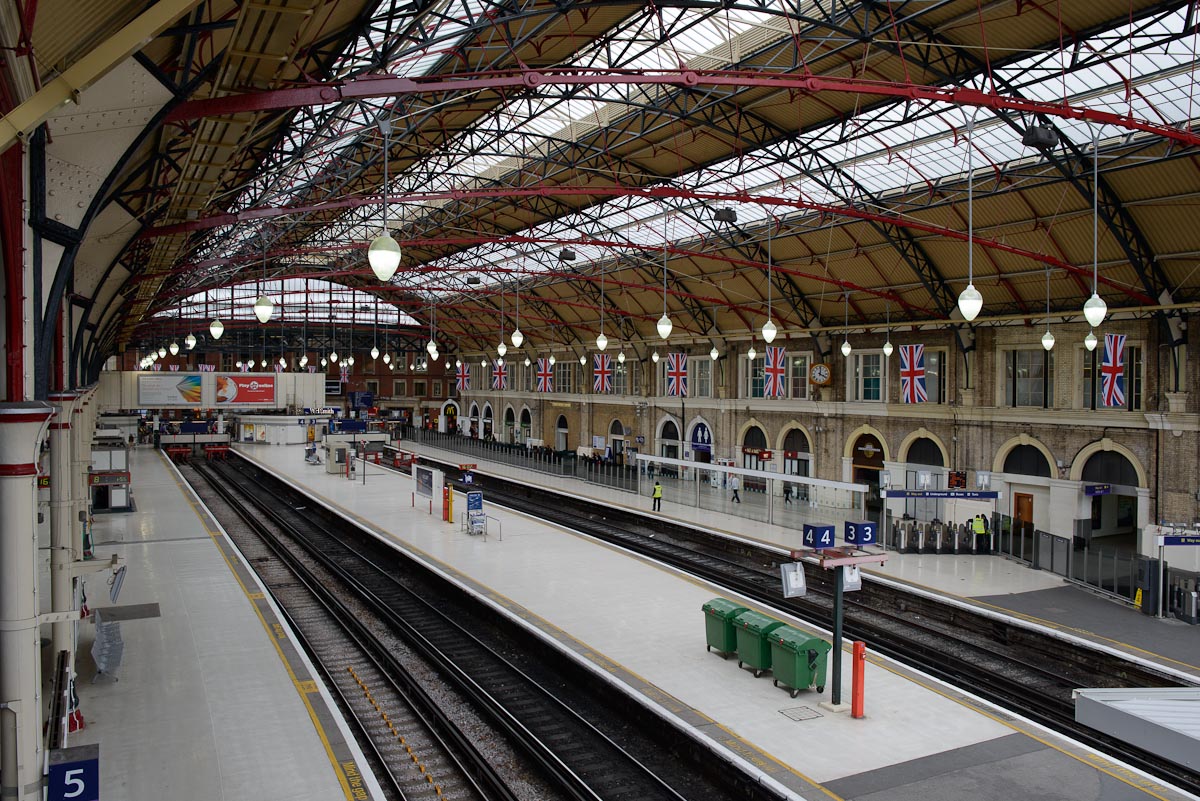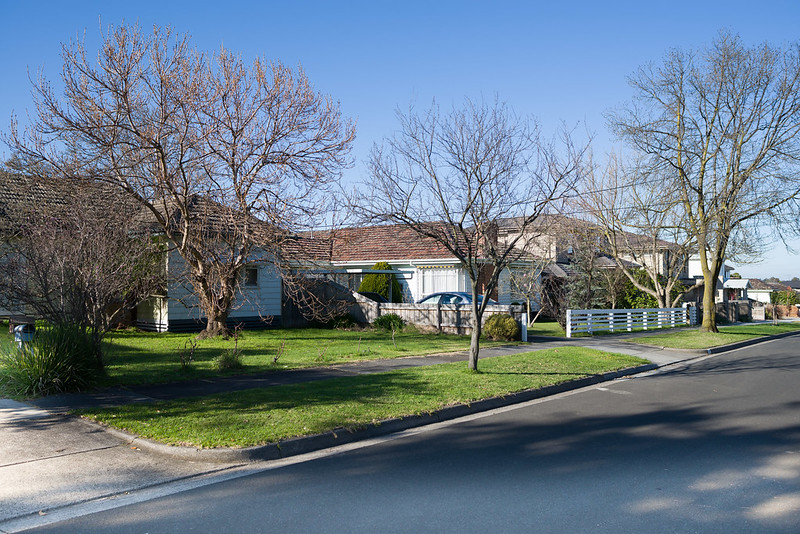tashley
Subscriber Member
I ordered this lens yesterday having given up on my usual Nikon dealer getting one. I also threw in an SB910 flash, an 85mm 1.8 Nikkor and a Tamron 18-200 for the Nex... so a lot to test out all at once.
I bee-lined the 28mm because just after I ordered it yesterday, Lloyd Chambers published his review of it and he wasn't too impressed so I thought I'd better get on it quickly so I could return it without pain if it was a dog.
It is in fact a peach. Sure it has field curvature (check out the Party Trick sample below!) but if you pick the right aperture and POF for the subject, you can make it do good things. Best of all, I had a hunch that some of the odd behaviour I had seen in samples might be due to Lens Corrections and I think I was right. In the landscape example below, if you apply lens corrections, the bits of the image that gets most 'stretched' are the parts where I was seeing some smeary blur in other people's samples. An uncorrected files still looks fine unless the subject is architecture, and loses nearly all that smeariness at 100%.
This will be my wide landscape lens for when I don't want to lug the 24PCE. It will also be my travel prime to compliment the 24-120 zoom and the 50 R Cron, giving me an wide, fast lens for inside cathedrals etc.
Now to that party trick I mentioned: this image, which had focus on the centre of the second step up, shows the effect I mean: the urns and the concrete wall are in great focus right to the edges, and the centre distant subjects are also in great focus - but the peripheral mid-ground is OOF. You can make it do this when you want, by choosing carefully your aperture and POF.

original here
This landscape show how well behaved the lens is if you choose optimal aperture (about f5.6) and focus on the far mid-ground. Everything is in perfectly acceptable focus.

original here
and this close-up, again at F5.6, shows that you get pretty good edge to edge and almost great corner to corner (top corners are a little soft at 100%) by pulling focus a little forward - here I focussed on the edge of the door frame rather than the door itself then recomposed.

original here
All files in LR4.1 with Adobe Standard and tweaks, sharpening at 60,0.7,70,20 and Prophoto colour space.
I also love the lens wide open: it's a bit soft but in a nice way and I like the bokeh.
Looking at Lloyds review, he complained of focus shift. I have shot a lens calibration target and mine carries 80% of it's DOF forward wide open, that slips to 80% rearward by F5.6 but the target is always good. Bearing this in mind when focussing reaps rewards. I consider this perfect calibration.
One bummer: I have looked on my D800E for the 'left side focus point error' and never found it because I didn't have a fast wide. Now I find that I do have it. Oh well. One day I might get it fixed but it has never been an issue and this lens will never be used for multi point tracking, which is the only time the left hand point would ever get used in my life.
This lens is small, light and wonderful. It may not have Zeiss-like micro contrast but I think it is great value and really useful
I bee-lined the 28mm because just after I ordered it yesterday, Lloyd Chambers published his review of it and he wasn't too impressed so I thought I'd better get on it quickly so I could return it without pain if it was a dog.
It is in fact a peach. Sure it has field curvature (check out the Party Trick sample below!) but if you pick the right aperture and POF for the subject, you can make it do good things. Best of all, I had a hunch that some of the odd behaviour I had seen in samples might be due to Lens Corrections and I think I was right. In the landscape example below, if you apply lens corrections, the bits of the image that gets most 'stretched' are the parts where I was seeing some smeary blur in other people's samples. An uncorrected files still looks fine unless the subject is architecture, and loses nearly all that smeariness at 100%.
This will be my wide landscape lens for when I don't want to lug the 24PCE. It will also be my travel prime to compliment the 24-120 zoom and the 50 R Cron, giving me an wide, fast lens for inside cathedrals etc.
Now to that party trick I mentioned: this image, which had focus on the centre of the second step up, shows the effect I mean: the urns and the concrete wall are in great focus right to the edges, and the centre distant subjects are also in great focus - but the peripheral mid-ground is OOF. You can make it do this when you want, by choosing carefully your aperture and POF.

original here
This landscape show how well behaved the lens is if you choose optimal aperture (about f5.6) and focus on the far mid-ground. Everything is in perfectly acceptable focus.

original here
and this close-up, again at F5.6, shows that you get pretty good edge to edge and almost great corner to corner (top corners are a little soft at 100%) by pulling focus a little forward - here I focussed on the edge of the door frame rather than the door itself then recomposed.

original here
All files in LR4.1 with Adobe Standard and tweaks, sharpening at 60,0.7,70,20 and Prophoto colour space.
I also love the lens wide open: it's a bit soft but in a nice way and I like the bokeh.
Looking at Lloyds review, he complained of focus shift. I have shot a lens calibration target and mine carries 80% of it's DOF forward wide open, that slips to 80% rearward by F5.6 but the target is always good. Bearing this in mind when focussing reaps rewards. I consider this perfect calibration.
One bummer: I have looked on my D800E for the 'left side focus point error' and never found it because I didn't have a fast wide. Now I find that I do have it. Oh well. One day I might get it fixed but it has never been an issue and this lens will never be used for multi point tracking, which is the only time the left hand point would ever get used in my life.
This lens is small, light and wonderful. It may not have Zeiss-like micro contrast but I think it is great value and really useful


